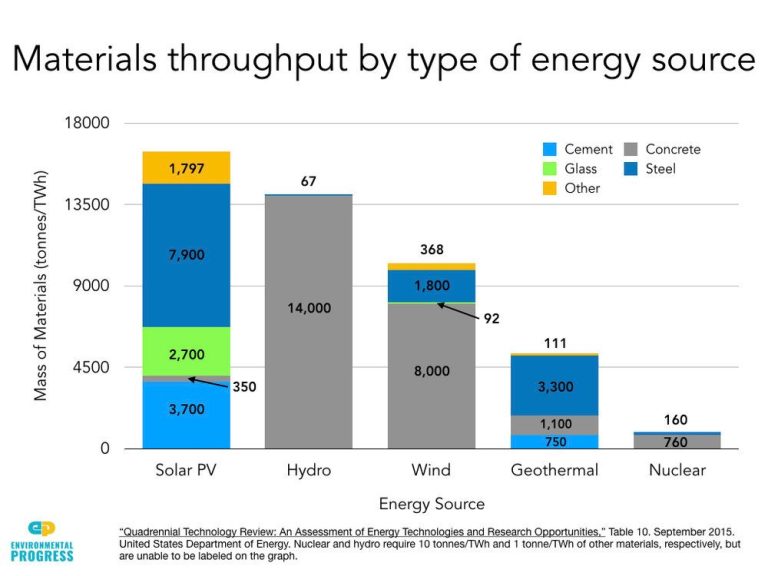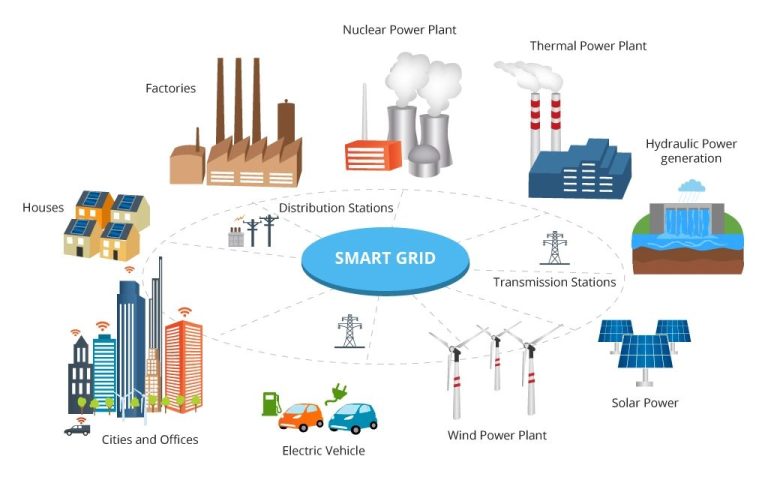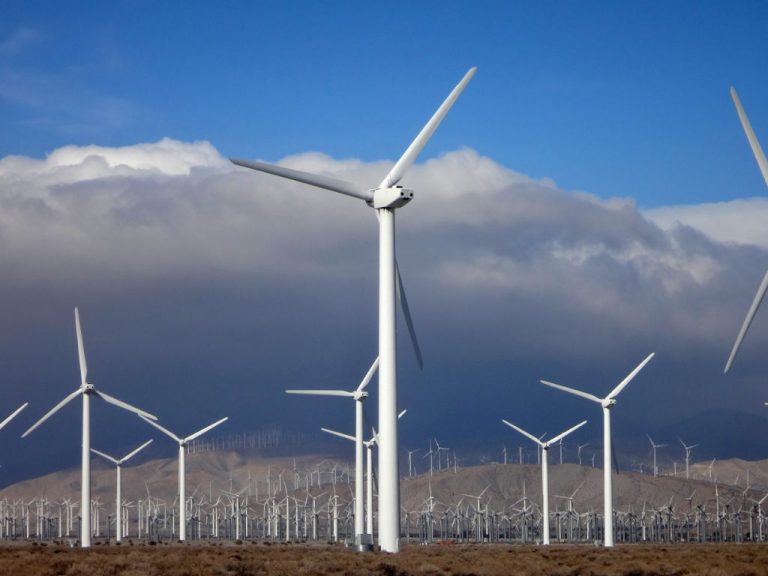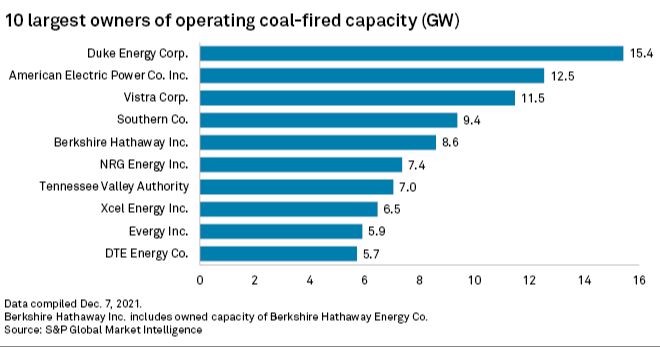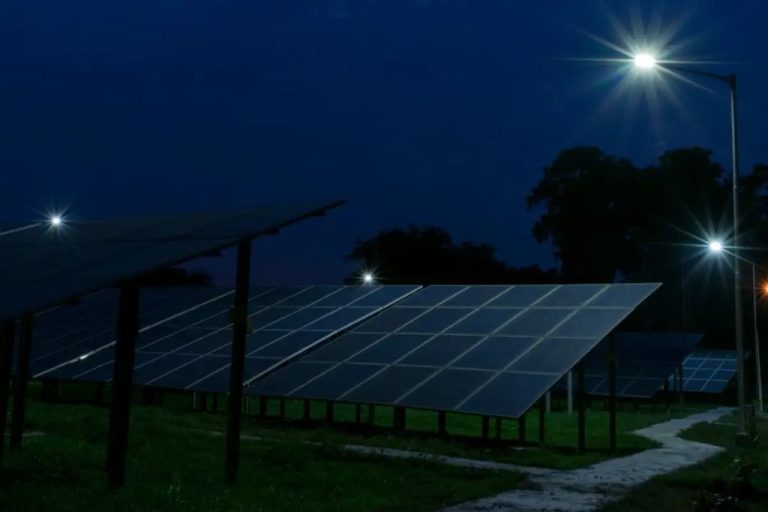What Is The Lowest Quality Form Of Energy?
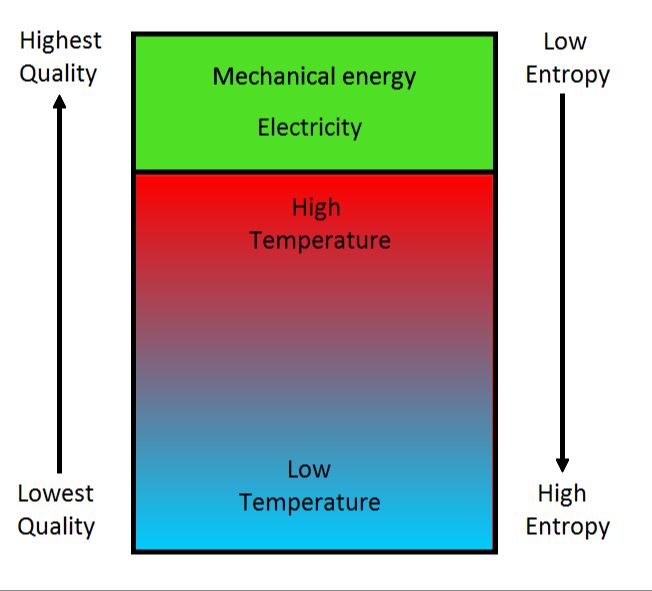
The lowest quality energy form is heat at ambient temperature, often referred to as low-grade or low-exergy heat. This type of energy is present all around us and is released into the environment as waste or rejected heat from industrial processes, transportation, buildings, and more. While abundant, ambient temperature heat is very diffused and disordered, making it challenging to utilize effectively. Understanding the concept of low quality energy matters because huge quantities are wasted daily, representing a massive untapped energy resource. Finding ways to capture and convert low-grade heat into more useful higher quality forms could significantly benefit energy efficiency, reduce waste, and enable a more sustainable future.
Sources:
https://quizlet.com/382790481/chapter-14-flash-cards/
https://quizlet.com/251728104/apes-chapter-17-flash-cards/
The Laws of Thermodynamics
The laws of thermodynamics describe the relationships between thermal energy, heat, work, and entropy in a thermodynamic system. The second law of thermodynamics introduces the concept of entropy as a measure of disorder and randomness in a system [1]. Entropy quantifies how dispersed or spread out the energy is in a system – the higher the entropy, the more disordered the system.
The second law states that the entropy of an isolated system always increases in any spontaneous process. Entropy is a measure of unavailable energy that cannot be harnessed to perform useful work in a system. As entropy increases, the amount of usable energy decreases [2]. This shows that some energy is inevitably wasted or rejected as unusable in any real process.
The second law also implies that a perfectly efficient heat engine or refrigerator is impossible. Some waste heat must always be rejected to the environment. This sets a fundamental limit on efficiency in real devices [3].
Wasted and Rejected Energy
A significant amount of energy is lost as waste heat or rejected energy during energy generation, transmission, and end-use consumption. Waste heat refers to heat produced as a byproduct of industrial processes or energy generation that is not put to practical use. According to the US Department of Energy, nearly two-thirds of all energy produced for buildings and industry is lost as waste heat (DOE).
Rejected energy is a similar concept referring to the portion of energy input to a system that is ultimately discharged as waste heat instead of being converted into useful work or energy services. For example, in an internal combustion engine approximately 70-80% of the chemical energy input is lost as rejected heat through exhaust gases and the engine cooling system (CleanTechnica). This can also be understood through the laws of thermodynamics which state that no energy conversion process can be 100% efficient.
Recovering or repurposing some of this wasted or rejected energy through technologies like waste heat recovery systems, combined heat and power plants, or district energy systems can significantly improve overall energy efficiency and reduce the amount of primary energy inputs needed. However, there are still major opportunities to further capture usable energy from currently wasted thermal resources across many sectors and processes.
Low Exergy Energy
Low exergy energy refers to energy flows with lower quality or lower “usefulness” compared to the reference environment. Exergy is a thermodynamic property that accounts for the quality of energy in relation to ambient temperature. As energy is transformed or flows, its exergy or ability to perform useful work decreases, eventually approaching ambient temperature conditions.[1]
Low exergy energy sources, such as geothermal heat or waste heat, have temperatures much closer to ambient conditions compared to high exergy sources like electricity or fossil fuels. While low exergy energy is abundant, it is more difficult to utilize effectively. However, utilizing low exergy sources can improve overall efficiency and sustainability.[2]
The concept of low exergy recognizes the value of matching the quality of energy supplied to the quality needed for different applications. By improving the integration and temperature matching of systems, low exergy design enables better utilization of wasted or rejected energy flows.[3]
Ambient Temperature Heat
Heat energy near ambient temperature is considered low quality energy. Ambient temperature refers to the prevailing temperature of the environment, often considered room temperature for indoor environments. For example, the typical range for ambient temperature is 20-25°C (68-77°F).
Heat at temperatures close to ambient is low quality because there is only a small temperature difference to leverage in order to do work. The potential to convert heat into mechanical energy depends on the Carnot efficiency, which is higher when there is a greater temperature difference. With ambient heat, there is little thermal gradient to extract useful work.
Sources of ambient temperature heat include the natural thermal energy present in air, water, and ground at ordinary temperatures. This low grade heat is plentiful but difficult to convert into useful work. Oceans store tremendous heat energy, but only a few degrees above ambient temperature. New technologies are needed to utilize ambient heat sources efficiently.
According to Stack Exchange, “Energy stored as heat, by itself, is neither low- nor high-quality. What matters is the temperature at which the heat is stored.” Heat at ambient temperatures is considered low quality due to the small thermal gradient.
Types of Low Quality Energy
Some examples of low quality energy include:
- Waste heat – This refers to heat produced as a byproduct of industrial processes or machinery that is released into the environment. Waste heat is considered low quality because it is diffused and not concentrated.
- Dispersed solar energy – Solar energy that has not yet been concentrated by solar panels is considered low quality. The photons are spread out over a large area rather than concentrated.
- Biofuels – Energy derived from plants and organic matter is generally lower quality than fossil fuels. Biofuels like wood, ethanol and biodiesel have less energy density.
- Ambient heat – Heat in the natural environment that is around room temperature or slightly above. This heat is low grade because it is spread out and disordered.
These types of low quality energy are abundant but difficult to harness in a useful way. Upgrading them to more ordered and concentrated forms of energy requires input of additional high quality energy.
Applications
Low-quality energy sources like waste heat have significant potential applications due to their abundance and low cost. According to research from Energy Quality – an overview | ScienceDirect Topics, waste heat recovery can improve efficiency in industrial processes by 10–20%. This waste heat can potentially be captured and reused for heating or to generate electricity.
Low-temperature heat sources like the ambient environment or waste heat from machinery can be used with heat pumps for space and water heating in buildings. Heat pumps can concentrate low quality heat into higher temperatures useful for heating. Solar ponds are another technology that can store low-grade thermal energy and make it available at higher temperatures. There is also potential to convert low-grade heat into electricity through thermoelectric generators, though efficiencies remain low.
Overall, tapping into abundant sources of low-quality energy like waste heat and ambient thermal energy can improve efficiency and reduce waste. With further technological improvements, the applications of low-exergy energy sources will continue to grow.
Improving Efficiency
While low quality energy has its limitations, there are ways to make better use of it and improve efficiency. According to the U.S. Department of Energy, “Energy efficiency means using less energy to get the same job done – and is one of the easiest ways to eliminate energy waste and lower energy costs” (Energy Efficiency).
Some examples of improving the efficiency of low quality energy include:
- Using heat pumps and geothermal systems to extract ambient heat more effectively
- Installing better insulation to prevent heat loss from low temperature heat sources
- Using co-generation systems to capture waste heat and generate electricity
- Upgrading to ENERGY STAR certified appliances and equipment
- Implementing sophisticated energy management and optimization systems
According to Direct Energy, simple upgrades like increasing insulation, installing energy efficient windows and doors, and replacing old appliances can reduce energy usage by 20% or more (25 Energy-efficient Tips). For industry, large gains can be achieved via waste heat recovery, process optimization, and switching to more efficient motors and equipment.
While low quality energy may not be the most desirable, it is abundant. By taking steps to use it more efficiently, we can reduce energy waste and maximize this resource.
Future Outlook
The future trends and predictions for low quality energy use are quite promising (Bandyopadhyay, 2021). As technology improves, engineers are finding new ways to utilize low exergy sources that were once considered useless. Ambient heat from the surroundings, including the oceans, air, and ground, is increasingly being captured through heat pumps and used for heating and cooling purposes (Build with Rob, 2019).
Low temperature waste heat from industrial processes and power generation that was previously rejected is now being harnessed for additional useful work in some cases. For example, Organic Rankine Cycle systems can generate electricity from waste heat as low as 65–93°C (Sciencedirect, n.d.).
Overall, the future points toward maximizing energy efficiency and minimizing wasted energy. As energy demands continue rising worldwide, capturing usable work from low quality sources will become increasingly essential. Engineers predict that ambient energy sources like solar, wind, ocean thermal, and geothermal can one day supply a substantial portion of the world’s power needs (Bandyopadhyay, 2021).
Conclusion
In summary, the lowest quality form of energy is low exergy energy, which refers to energy that is close to ambient temperature. This includes waste heat and rejected energy from industrial processes and power plants. While low in quality, low exergy energy is abundant and represents a massive untapped resource. With improved efficiency and technologies like heat pumps, this currently wasted energy could be better utilized. Doing so is crucial for meeting energy needs sustainably while minimizing environmental impact. The wise use of low quality energy sources is an important part of building a cleaner energy future.

